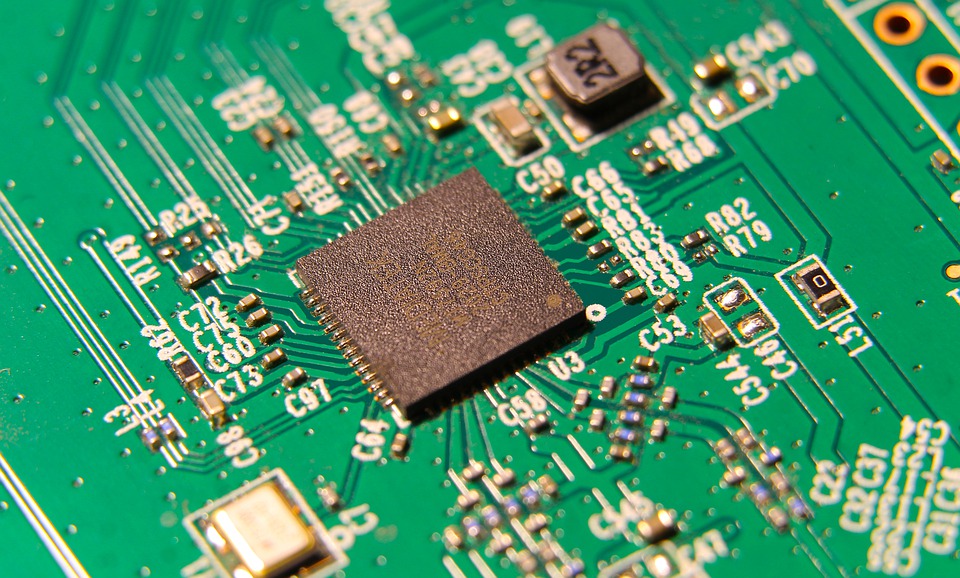Augmented Reality (AR) has come a long way since its inception in science fiction novels and movies. What was once a futuristic and seemingly impossible concept is now a reality that is transforming industries and revolutionizing the way we interact with the world around us.
The idea of augmenting our reality with digital information has been a popular theme in science fiction for decades. From novels like Philip K. Dick’s “Do Androids Dream of Electric Sheep?” to movies such as “The Matrix” and “Minority Report,” the concept of merging the physical and virtual worlds has captured the imagination of audiences worldwide.
But it wasn’t until the late 20th century that AR began to make its way into the real world. One of the first notable examples of AR was the heads-up display (HUD) in fighter jets, which allowed pilots to see critical information overlaid on their field of view. This technology paved the way for more consumer-focused applications, such as AR video games and apps.
The real breakthrough for AR came with the introduction of smartphones and wearable technology. Devices like the Google Glass and Microsoft HoloLens brought AR into the mainstream, allowing users to overlay digital information onto their physical surroundings. This opened up a whole new world of possibilities, from immersive gaming experiences to interactive shopping and navigation tools.
Today, AR is being used in a wide range of industries, from healthcare and education to retail and entertainment. In healthcare, AR is being used for surgical planning and training, allowing doctors to visualize complex procedures in real-time. In education, AR is being used to create interactive learning experiences that engage students in new and exciting ways.
In retail, AR is revolutionizing the shopping experience by allowing customers to try on clothing and accessories virtually before making a purchase. And in entertainment, AR is being used to create immersive experiences that blur the line between the virtual and physical worlds.
As AR continues to evolve, the possibilities are endless. From enhancing productivity in the workplace to creating new forms of entertainment and communication, AR has the potential to revolutionize the way we interact with the world around us.
But with great power comes great responsibility. As AR becomes more integrated into our daily lives, we must consider the ethical implications of this technology. From privacy concerns to the impact on social interactions, it’s important to ensure that AR is used in a responsible and ethical manner.
Overall, the evolution of AR from science fiction to reality is a testament to the power of human ingenuity and innovation. As we continue to push the boundaries of what is possible, AR has the potential to reshape our world in ways we never thought possible. It’s an exciting time to be alive, as we witness the dawn of a new era in technology that promises to change the way we live, work, and play.




